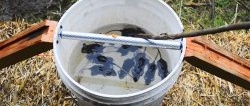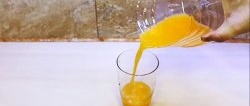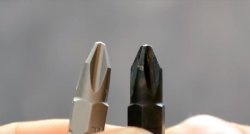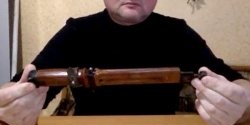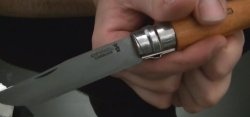A simple trap for small rodents
Have pests, mice and rats multiplied in your personal home or garden? It's time to declare war on them!
Of course, the easiest way is to use poison, but rodents quickly get used to it, and in addition there is a danger of poisoning pets and birds. Spring mousetraps are also not a solution; their productivity is low, at best one rodent per night.
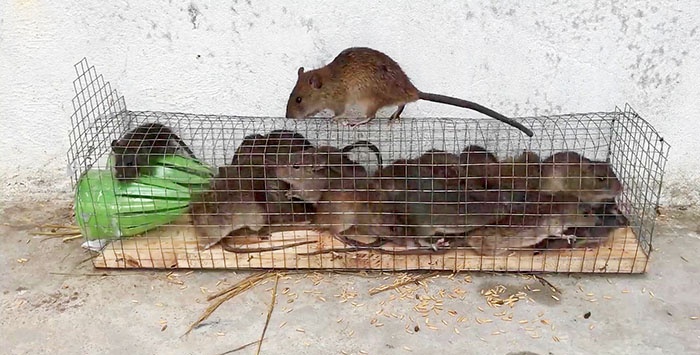
We offer a better solution. A simple but very effective trap! Making it yourself is quick, easy and cheap.
You will need a piece of board, fine-mesh metal welded mesh, soft and thin wire, a pair of plastic glasses or two empty water bottles with a volume of 0.7 -1 liter. All this is not difficult to find in the household.
Let's start by making the inlet valves for the trap. In such a device, the rodent can only move in one direction.
Cut off the bottom of a hard plastic glass. Then we cut out triangles elongated in length from the former bottom towards the top of the glass, approximately 3/4 of the length. The result was elongated petals. We heat them with a hairdryer or over a gas burner, then collect the petals into a cone and let them cool. The result is a valve entrance through which the rodent can enter, but cannot exit.
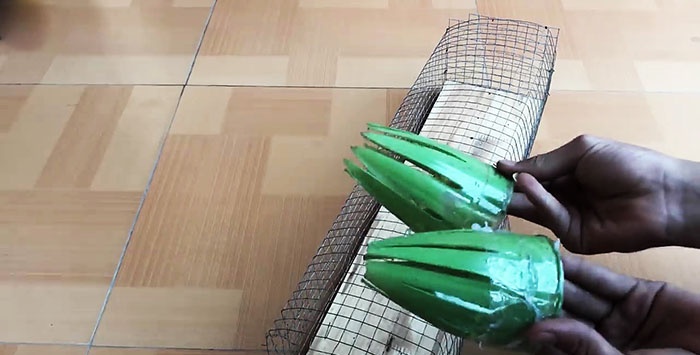
It's even easier to make a valve from a plastic bottle.We cut off the conical part, we get a kind of funnel. We cut off its screw neck. We make 7 - 8 straight cuts with scissors. The entrance to the trap is ready.
We make the floor of the rat trap from a board, multi-layer plywood or a piece of chipboard. Its width should be equal to two valve diameters or half a centimeter more. Approximately 15 – 17 cm. The length is arbitrary, around 30 – 45 cm. The size will depend on the width of the available metal mesh.
We bend the mesh in a U-shape and secure it with screws or nails to the long sides of the trap floor.
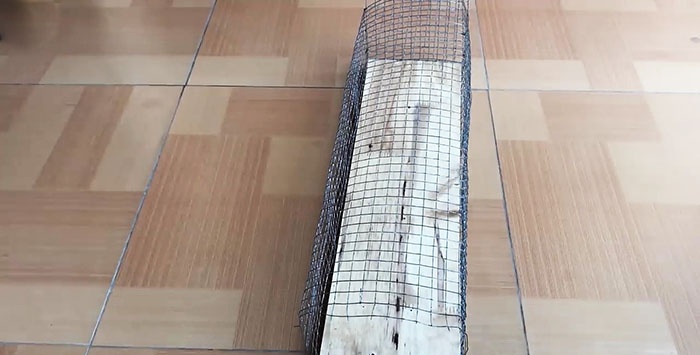
We cover one end of it with a piece of mesh cut to the size of the width and height of the trap. It is advisable to make the back wall easily removable. On the ceiling part of the mesh we twist a couple of wire loops. We attach the lower part of the end wall to the sidewalls with wire twists.
We install both valves in the front part of the trap. We attach them to the base, walls and each other with hot glue using an electric gun. There should be a reasonable number of glue dots, since rats are quite strong animals.
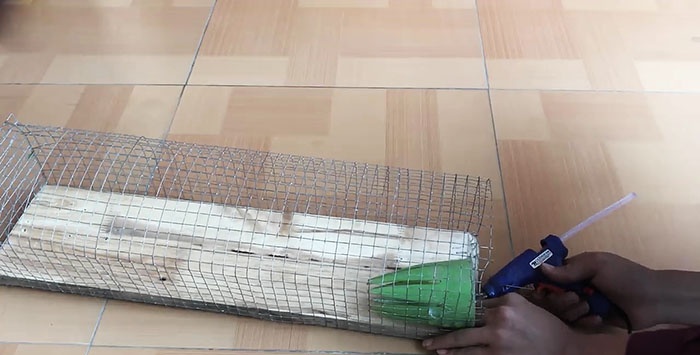
But there is a more reliable method of fastening - screw the bottom of the valves to the base with self-tapping screws, and screw the remaining sides with thin wire, making holes in the plastic with an awl.
Tighten the top of the front end of the rat trap with a piece of mesh.
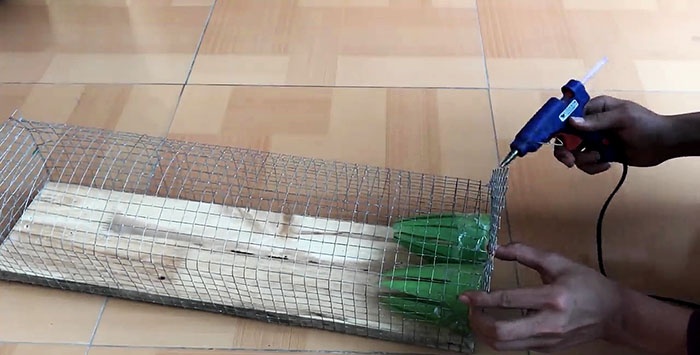
That's it, the ambush for predators is ready. All that remains is to install a rat prison in a barn or other room where there are especially many rodents.
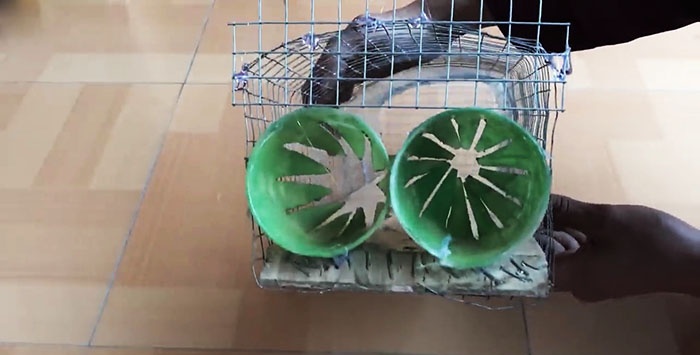
We put bait, grain, mixed feed, and bread into the trap.
Let's sprinkle some bait around.
Using a video camera, we observe the process of catching animals.
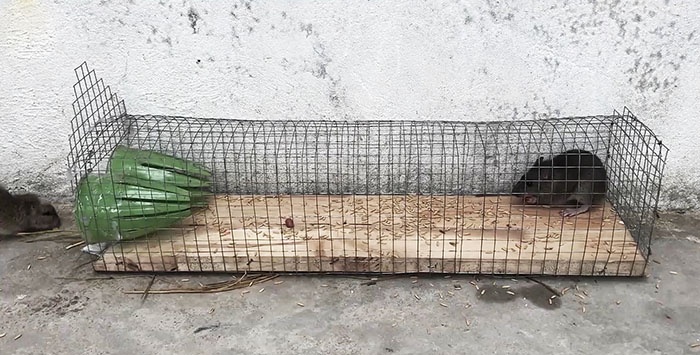
Well, our product has completely justified itself. However, let’s not forget that rodents very quickly “learn” from the mistakes of their relatives.After some time, a generation of rats will grow up that will not come close to this trap. We'll have to make a different type of trap.
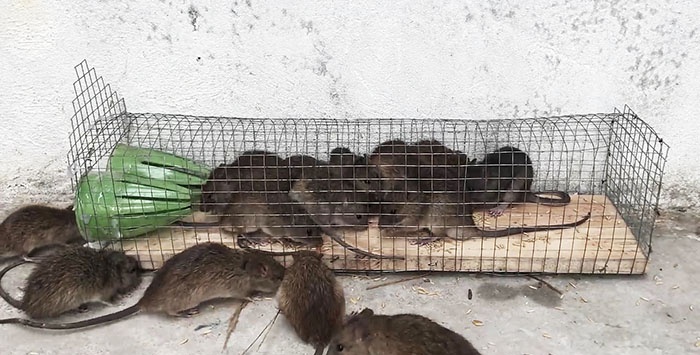
[media=https://www.youtube.com/watch?v=_A1Kw0q5NT8]
Of course, the easiest way is to use poison, but rodents quickly get used to it, and in addition there is a danger of poisoning pets and birds. Spring mousetraps are also not a solution; their productivity is low, at best one rodent per night.

We offer a better solution. A simple but very effective trap! Making it yourself is quick, easy and cheap.
Will be required
You will need a piece of board, fine-mesh metal welded mesh, soft and thin wire, a pair of plastic glasses or two empty water bottles with a volume of 0.7 -1 liter. All this is not difficult to find in the household.
Manufacturing
Let's start by making the inlet valves for the trap. In such a device, the rodent can only move in one direction.
Cut off the bottom of a hard plastic glass. Then we cut out triangles elongated in length from the former bottom towards the top of the glass, approximately 3/4 of the length. The result was elongated petals. We heat them with a hairdryer or over a gas burner, then collect the petals into a cone and let them cool. The result is a valve entrance through which the rodent can enter, but cannot exit.

It's even easier to make a valve from a plastic bottle.We cut off the conical part, we get a kind of funnel. We cut off its screw neck. We make 7 - 8 straight cuts with scissors. The entrance to the trap is ready.
We make the floor of the rat trap from a board, multi-layer plywood or a piece of chipboard. Its width should be equal to two valve diameters or half a centimeter more. Approximately 15 – 17 cm. The length is arbitrary, around 30 – 45 cm. The size will depend on the width of the available metal mesh.
We bend the mesh in a U-shape and secure it with screws or nails to the long sides of the trap floor.

We cover one end of it with a piece of mesh cut to the size of the width and height of the trap. It is advisable to make the back wall easily removable. On the ceiling part of the mesh we twist a couple of wire loops. We attach the lower part of the end wall to the sidewalls with wire twists.
We install both valves in the front part of the trap. We attach them to the base, walls and each other with hot glue using an electric gun. There should be a reasonable number of glue dots, since rats are quite strong animals.

But there is a more reliable method of fastening - screw the bottom of the valves to the base with self-tapping screws, and screw the remaining sides with thin wire, making holes in the plastic with an awl.
Tighten the top of the front end of the rat trap with a piece of mesh.

That's it, the ambush for predators is ready. All that remains is to install a rat prison in a barn or other room where there are especially many rodents.

We put bait, grain, mixed feed, and bread into the trap.
Let's sprinkle some bait around.
Using a video camera, we observe the process of catching animals.

Well, our product has completely justified itself. However, let’s not forget that rodents very quickly “learn” from the mistakes of their relatives.After some time, a generation of rats will grow up that will not come close to this trap. We'll have to make a different type of trap.

Watch the video
[media=https://www.youtube.com/watch?v=_A1Kw0q5NT8]
Similar master classes
Particularly interesting
Comments (12)




